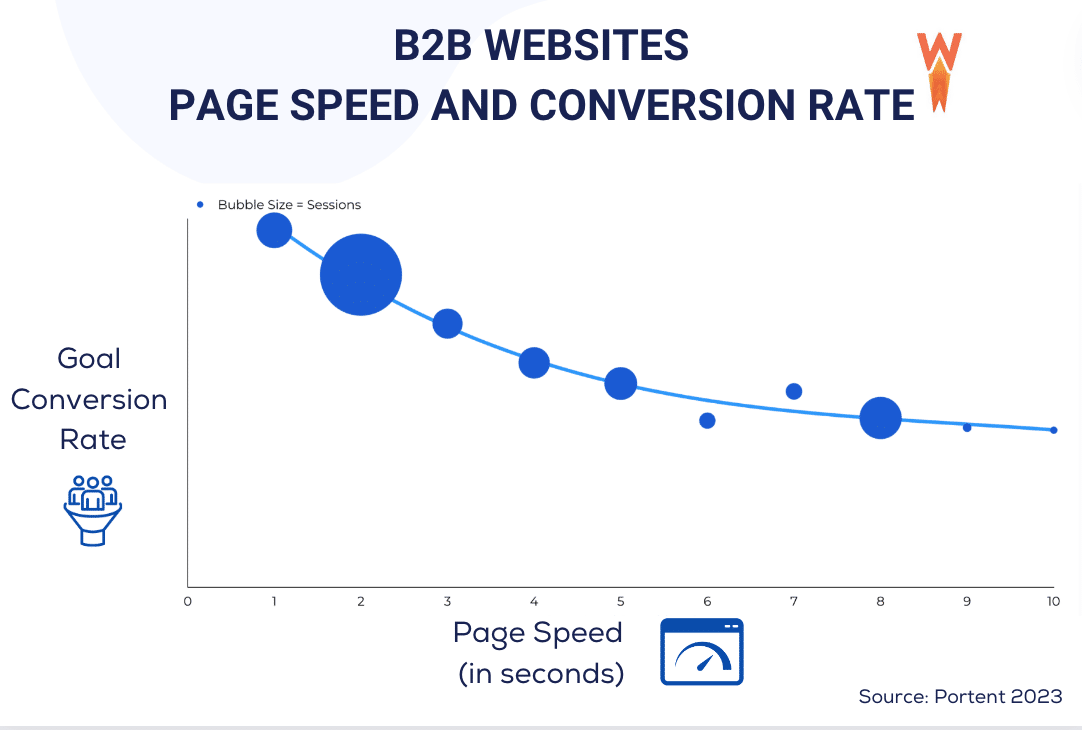
“Technical SEO”… the phrase alone is enough to send a shudder down the spine of any marketing strategist or SaaS business owner.
It might conjure images of endless spreadsheets, brutally complex technical processes, and sprawling, endless lines of incomprehensible code.
You might even have heard talk of “spiders”, crawling through websites in the murky depths of the internet…
But it’s not that bad. I promise.
If you can master technical SEO strategies — and it’s not that hard — you’ll stand a MUCH better chance of growing your SaaS company, getting more traffic, and building a more sustainable business.
In this guide, I’ll show you what technical SEO is all about and how to succeed here.
What is technical SEO?
Technical Search Engine Optimization is the unsexy, pragmatic sibling of regular SEO. The Bernie Taupin to Elton John. The Robin to Batman. Doctor Watson to Sherlock Holmes.

It might not get the limelight, but the work it does is every bit as important.
Technical SEO relies on strategies like crawling, indexing, and URL structure to make sure your website works from a technical perspective. It’s all the behind-the-scenes stuff that your visitors will never even know about.
So why do we need to worry about this? Essentially, Google (and other search engines) has standards for websites. If your site isn’t technically proficient, Google will penalize it and your search engine rankings will suffer.
Technical SEO is all about making sure your website is up to scratch from a technical perspective so it meets Google’s requirements and ranks high in your audience’s search results.
Why does technical SEO matter for SaaS platforms?
Technical SEO is a necessary component of your site’s overall SEO health. Performing well in this area means you’ll rank higher for the search terms your audience is typing in, and more traffic will land on your pages.
For SaaS businesses, this is key. SaaS — especially B2B SaaS — is one of those industries where information really matters.
You can’t just expect your prospects to buy your service after seeing just one ad or blog post. You need to consistently show up on their radar with high-quality, useful content, and that requires a solid SEO strategy.
Technical SEO makes up one important part of an overall SaaS SEO strategy that drives organic traffic to your website, reaches a wider audience of potential users, and sustainably grows your business.
How to succeed with technical SEO
Now we’ve looked at why technical SEO is so useful for multi-tenant SaaS companies, it’s time to show you how to make it work.
Let’s start by exploring a few of the most important factors of technical SEO, what they mean, and why they matter.
Improve site speed
Site loading speed is one of the most important factors Google will consider when ranking your page. If your site is slow to load or unreliable, this will negatively affect your SEO performance.
On top of that, it’s bad for business — 83% of website visitors expect the page to load in 3 seconds or less. Any longer, and you run the risk of them leaving before they even see your content.
So how do you make your site run like the wind? There’s a lot you can do here, like:
- Optimizing image sizes and compressing files so they are smaller, lower-resolution, and faster to load
- Limit the use of scripted elements that load from external sources
- Use a content delivery network (CDN)
- Use website caching so your pages don’t have to load from scratch every time

Create an XML sitemap
An XML sitemap is a collection of all the URLs on your site. By bringing all this information together into one file, it’s easier for Google to crawl and index your pages, which in turn improves search performance and helps you rank higher.
You can use tools like Yoast to create your XML sitemap and add it to your Google Search Console account to make it easier to find. Remember to include every page that you want people to visit.
Remove duplicate content
If you have a ton of duplicate content just cluttering up the internet, Google ain’t gonna be happy about it. It’s worth noting that “duplicate” doesn’t just refer to an exact replica here — having many pieces of SEO content that are very similar will also be penalized.
The most obvious solution here is just to be careful about creating original, unique, high-quality content every time. But content can be duplicated in other ways too, for example, if pages are added automatically. If you find duplicate content issues on your site, it’s best to delete or rewrite it. You can use an online tool like Siteliner to find duplicate content.
Does it work on mobile?
Google wants its users to be able to access and enjoy websites from whatever device they happen to be using. That means it will prioritize sites that work well on mobile devices as well as desktops.
Search engine visibility isn’t the only reason you should care about mobile optimization — a staggering 9 in 10 people today access the internet via a mobile device. Most website builders these days are designed with mobile responsiveness in mind, so just follow the guidelines and best practices there.
Make sure your images are the right size, buttons and text are appropriate for smaller touchscreens, and your loading times and user experience are on point.
Use internal linking
Internal links are where your web pages link to each other. You want this to happen in a logical, organized way, so pages link to similar content and make it easier for users to navigate your site and find what they’re looking for. Google likes this.
This fits into a wider idea called website architecture, which essentially refers to the way your site is structured and how different parts interact with each other. Google prefers it when your pages connect with one another in a way that makes sense.
A common strategy here is to create pillar pages, large pages that deal with a broad theme or topic, then create smaller pages on specific sub-topics and link to them from the pillar page.
Get rid of broken links
Having lots of broken links in your blog posts and other content is no bueno as far as Google is concerned. It looks sloppy, it’s annoying for your visitors, and it implies that your site is badly managed and disorganized.
The good news is that it’s pretty easy to find any broken links, for example with this free tool from Ahrefs. And then it’s just a case of going through and fixing each dead link to get back in Google’s good books.
Tighten up your security
There are many, many reasons to take your website’s security seriously. On top of keeping you and your users safe from the terrifying amount of terrifyingly sophisticated cyber risks out there, a safer site is also good for SEO.
One thing to focus on here is making sure your site uses HTTPS. This signals to users that your site is legitimate and trustworthy and shows Google that you take your security seriously. If your site doesn’t show the letters HTTPS at the beginning of the URL, you’ll need to apply for something called an SSL certificate, which adds a layer of security to your site by encrypting traffic.
Using Robots.txt
Alright, this is where things get a little more technical. Robots.txt files, despite the exciting name, are actually fairly simple in theory — they’re documents that essentially give Google instructions on how to crawl and index your site.
This is great because it helps avoid common issues like duplicate content and restricts access to certain areas of your site. However, it requires some coding knowledge to carry off — check out this guide for more info.
Go forth and crush technical SEO
For SaaS platforms, technical SEO isn’t really something you can overlook.
It’s the boring, dry, but very much necessary work you need to do if you want your site to rank high in Google’s search results and get you lots of lovely organic traffic.
Although some elements of technical SEO might seem a bit daunting, it’s really not all that complicated and you don’t need a team of tech wizards to make it work. Just follow the best practices, keep on top of things, and have a clear strategy in place.
FAQ — Technical SEO for SaaS companies
What is technical SEO?
Technical Search Engine Optimization is the collection of “behind-the-scenes” work you need to do to make sure Google can properly index your site. It essentially shows Google's search engine bots that you have a well-organized, technically proficient website that avoids poor user experiences and deserves to appear high in search rankings.
How do you conduct technical SEO?
Technical SEO is a multi-pronged process that requires a few different approaches and skill sets. Common elements include improving site speed, optimizing images and files, improving security, and making sure your pages work well on mobile devices.
Is technical SEO difficult?
Technical SEO can seem difficult at first, but it isn’t hard to get the basics right. The more advanced elements of technical SEO will require more specialized skill sets.
Does technical SEO require coding?
Some elements of technical SEO — like robots.txt files — require some degree of coding knowledge. Other tasks can be done just fine without a coding background.
Find a B2B SaaS Expert
We've collected a directory of B2B SaaS experts and agencies that we've reviewed and categorised based on service and specialism for your review.









